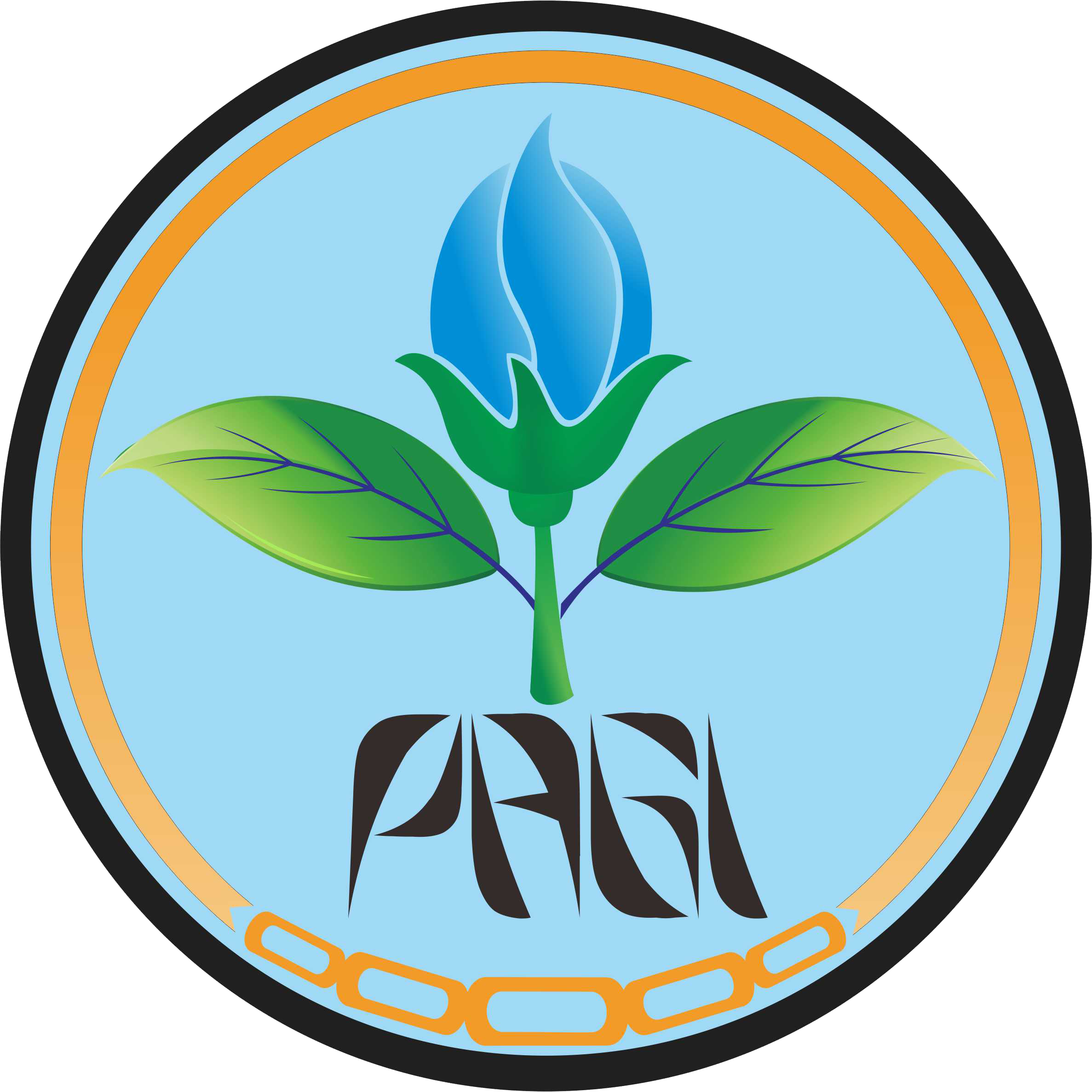Potensi Abu Daun Bambu dan Kompos Jerami untuk Mengendalikan Wereng Coklat
Abstract
Keywords
Full Text:
PDF(ID)References
Arifin M, Harsodo. 1991. Zeolit alam, potensi, teknologi, kegunaan dan prospeknya di Indonesia, Pusat Penelitian dan Pengembangan Teknologi Mineral.
Arnon DI, Stout PR. 1939. The essentiality of certain elements in minute quantity for plants with special reference to copper. Plant Physiol. 14 : 371-375.
Asmin, Karimuna. 2014. Kajian Pemupukan Kalium Dengan Aplikasi Jerami Padi Terhadap Pertumbuhan dan Produksi Padi Sawah Padalahan Sawah Bukaanbarudi Kabupaten Buton, Sulawesi Tenggara. Jurnal Agroteknos Vol.4 : 180-188. ISSN : 2087-7706.
Baehaki, S.E 1985. Studi Perkembangan Populasi Wereng Coklat (Nilapavarta lugens Stal) Asalimigran dan Pemencarannya di Pertanaman. Disertasi. Institut Pertanian Bogor.
Baehaki, S.E. 2009. Strategi Pengendalian Hama Terpadu Tanaman Padi dalam Perspektif Praktek Pertanian yang baik (Good Agricultural Practices). J Pengembangan Inovasi Pertanian. 2(1) : 65-78.
Baehaki, S.E. 2012. Perkembangan biotipe hama wereng cokelat pada tanaman padi. IPTEK Tanaman Pangan 7 (1) : 8-17.
Buckman, H.O, N.C. Brady. 1982. Ilmu Tanah. Bhratara Karya Aksara. Jakarta. 788 hal.
Brunings A.M, L.E. Datnoff, J.F. Ma, N. Mitani, Y. Nagamura, B. Rathinosabapathi, M. Kirst. 2009 Differential gene expression of rice in response to silicon and rice blast fungus Magnaporthe oryzae. Ann. Appl. Biol.155:161-170.
Elizabeth K. 2013. Pengaruh Kompos Jerami dan Pupuk NPK terhadap N-Tersedia Tanah, Serapan-N, Pertumbuhan dan Hasil Padi Sawah. Prosiding FMIPA Universitas Pattimura 2013. ISBN : 978-602-97522-0-5.
Epstein E, Bloom AJ. 2003: Mineral Nutrition of Plants: Principles and Perspectives, 2nd Ed., John Wiley & Sons, New York.
Fairhurst T.H, A. Doberman. 2002. Rice in The Global Food Supply. Better Crops International Vol. 16 : 3-6.
Febriyanti I.S, Jonatan G, T. Irmansyah. 2013. Pertumbuhan dan Produksi Padi GOGO Varietas Situ Bagendit pada Jarak Tanam yang berbeda dan Pemberian Kompos Jerami. Jurnal Online Agroekoteknologi VOl.2 98-111. ISSN : 2337-6597.
Heong KL, Hardy B. 2009. Planthoppers: New Threats to the Sustainability of Intensive Rice Production Systems in Asia. Los Banos (PH): International Rice Research Institute.
Ishizuka, Y. 1971. Physiology of the rice plant. Adv. Agron., 23: 241–315.
Kumar S.D. 2014. Role of micronutrient in Rice Cultivation and Management Strategy in Organic Agriculture. Agricultural Sciences Vol.5 : 765-769.
Kuswanto, H. 1997. Analisis Benih. Penerbit Andi. Yogyakarta.
Kyuma, K. 2004. Paddy Soil Science. Kyoto University Press, Kyoto, Japan, ISBN : 9781920901004 Hal : 280.
Lubis T. Ahmad., Zulkifli N dan Sarifuddin. 2013.Pengaruh Air Laut, Zeolit dan Pasir Vulkan terhadap status Hara pada Tanah Gambut serta pertumbuhan dan Produksi Padi Sawah. Jurnal Online Agroekoteknologi. 2 (1) : 13-25. ISSN : 2337-6597.
Luh, B. S., 1991. Rice. Second Edition. Van Nostrand Reinhold. New York.
Massey F. P., Hartley S. E. 2009. Physical defences wear you down: progressive and irreversible impacts of silica on insect herbivores. J Anim. Ecol. 78 281–291. 10.1111/j.1365-2656.2008.01472.x
Mochida, Okada. T. 1977. Taxonomic characters for identification of the rice brown planthopper ( Nilaparvata lugens ) and its related species in the Asian and Pacific region. Pages 1–25 in The rice brown planthopper. FFTC (ASPAC). Taipei.
Mochida O. 1979. Brown planthoppers reduce rice production. Indonesian Agricultural Research & Development Journal. 1(1/2):2-7, 24.
Nurul H. 2006. Peranan Zeolit dalam Pelepasan Nitrogen dari Pupuk Tersedia Lambat (Slow Release Fertilizers). Skripsi Departemen Ilmu Tanah dan Sumberdaya Lahan Fakultas Pertanian IPB.
Olugbenga O. Amu, Akinwole A. Adetuberu 2010. Characteristics of bamboo leaf ash stabilization on lateritic soil in highway construction. Int J Eng Tech. 2, pp. 212-219.
Priyanto A. 2015. Sintesis dan Aplikasi Silika dari Abu Daun Bambu Petung (Dendrocalamus Asper (Schult.F.) Backer Ex Heyne) untuk Mengurangi Kadar Ammonium dan Nitrat pada Limbah Cair Tahu. Skripsi FITK. UIN Semarang.
Ratna R.L., Rasi K.S., Revandy IM. 2015. Respons Pertumbuhan dan Produksi Kedelai (Glycine Max (L.) meriill) terhadap pemberian Kompos Sampah Kota dan Pupuk P. J Agroekologi.4 (1) 1838-1848. E-ISSN : 2337-6597.
Sugeng, H. R. 2001. Bercocok Tanam Padi. Aneka Ilmu. Semarang.
Wiyono S, Widodo, Hermanu T. 2014. Mengelola Ledakan Hama Dan Penyakit Padi Sawah Pada Agroekosistem Yang Fragil Dengan Pengendalian Hama Terpadu Biointensif. Risalah Kebijakan Pertanian dan Lingkungan. 1 (2) : 116-120. ISSN : 2355-6226.
Wada T, Kiyomitsu I, Akihiko T, Jian Tang. 2009. Starvation tolerance of macropter brown planthopper, Nilaparvata lugens, from temperate, subtropical, andtropical populations in East and South-East Asia. J Entomologia Experiments et Applicata. 130 : 73-80.
Yaherwandi. 2009. Struktur Komunitas Hymenoptera Parasitoid Pada Berbagai Lanskap Pertanian Di Sumatra Barat. Jurnal Entomologi Indonesia. 6 (1) : 1-14.
Refbacks
- There are currently no refbacks.






